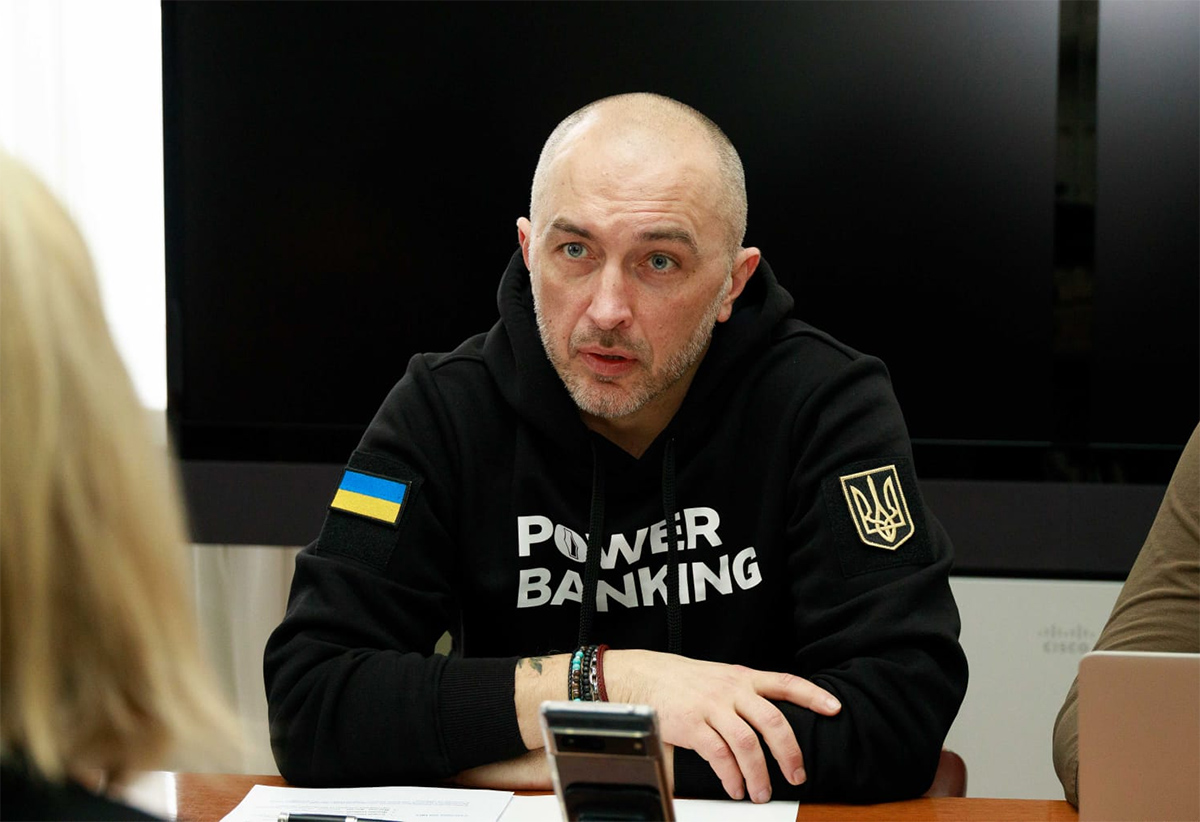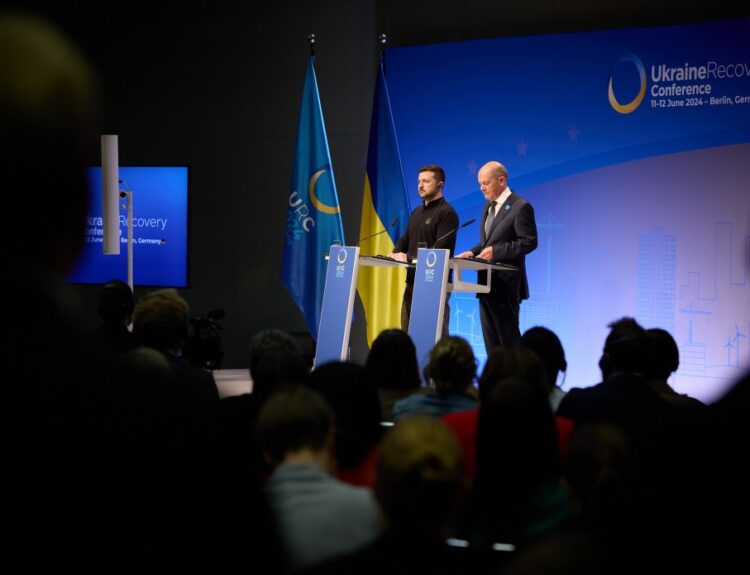It’s safe to say that at this time, the global economy has found itself at a crossroads. Sustained globalization, which in previous decades was rapidly driving the world economy forward, has given way to contrary trends. The world has become increasingly vulnerable to fragmentation as economic nationalism gained traction and tensions between key geopolitical players intensified. The powerful shocks from Covid-19 and Russia’s invasion of Ukraine have exposed the fragility of global supply chains and posed risks to energy and food security. The tragic events in the Middle East have highlighted the looming geopolitical threats.
Against this backdrop, the Annual Meetings of the World Bank and the IMF in Marrakech came as particularly significant. It is during the Annual Meetings that people approve strategic decisions that affect the global economic and financial system.
In this column, I discuss my reflections and key takeaways from the Meetings.
1. A “Soft Landing” for the World Economy
The global economy continues to recover, but slowly and unevenly. Economic policy measures have so far prevented a “hard landing” that the IMF warned about in April.
Central banks have managed to reverse inflationary trends, steering economies clear of full-blown recessions. Policymakers accomplished it “without a major downturn in activity,” as Pierre-Olivier Gourinchas, the IMF’s Chief Economist, aptly pointed out.
At the same time, different regions and countries have coped with the latest challenges in different ways. Some emerging markets have returned to pre-pandemic GDP growth rates, as has the United States, the only major economy to have been able to do so.
In contrast, the euro area and China continue to grow at about 2%–4% below this uptrend. In most emerging markets, however, the recovery has been even weaker, with losses in low-income countries exceeding 6%.
2. Growth Forecasts Are Disappointing and Worrying
Projections reflect the fragmentation of global trade, the high debt burden of countries, and a potentially prolonged period of high interest rates. Challenges such as Russia’s war against Ukraine, climate change, and persistently high inflation in certain regions continue to inhibit global economic growth.
According to the IMF’s latest forecast, growth will slow from 3.5% last year to 3% this year and 2.9% next year (a 0.1 pp downgrade from the estimate made in July). This forecast was made before the conflict between Israel and Hamas escalated in what could further impede the growth of the world economy.
It’s not for nothing that IMF Managing Director Kristalina Georgieva dubbed the worsening Israel-Hamas conflict as “another cloud on the horizon of an already gloomy economic outlook.”
The IMF’s analysis also highlights the deterioration of long-term growth trends. Before the global financial crisis, the world economy was expected to grow at 4.9% in the medium term, but ahead of the pandemic this indicator fell to 3.6%, and now it stands at 3.1%.
3. The European Region Is Probably Suffering from New Challenges the Most
Although the European economy has been able to meet the challenges of the sharp increase in energy prices triggered by Russia’s invasion of Ukraine, Europe has found itself on the brink of recession. Policymakers are facing a choice between tackling inflation and supporting the economic recovery. At the same time, it’s necessary to account for the need to ensure a green transition (with the focus shifted towards the environment) and for the consequences of geo-economic fragmentation.
European countries have managed to reverse the inflationary trend by taking a tighter monetary policy approach and gradually rolling back fiscal support. However, core inflation is still running high. Many countries are projected to miss their inflation targets by 2025. As a result, the policy tightening measures will have to remain in effect for a longer time.
The IMF expects that GDP growth in European countries will slow to 1.2% in 2023, down from 2.7% in 2022. Service-oriented advanced European economies are more likely to recover quickly than their manufacturing-intensive peers.
In general, European countries are recovering unevenly, and the speed of this process is largely determined by their reliance on energy resources and trade with Russia and China.
Short-term challenges are: a slowdown in economic activity in China, potential commodity price shocks, and risks to financial stability.
4. Geopolitical Сonflicts and the Growth in Public Debt Are the Most Pressing Challenges Faced by the Global Economy
One of the biggest problems as the global economic landscape changes is the breaking down of the world economy into conflicting blocs. Because of widening geopolitical rifts and mounting tensions, it seems like a tendency that is hard to reverse.
The IMF has previously projected that trade barriers alone could in the long run reduce the world’s GDP by 7%.
More forecasts of an increase in global public debt – up to 100% of GDP by the end of the decade – are also a reason to be deeply concerned. This renews the debate on debt sustainability and fuels investor anxiety over the viability of holding on to long-term debt.
Recent fluctuations in the world’s largest financial market (for U.S. Treasury bonds) are pushing up the cost of borrowing around the globe. This growth is taking place simultaneously with the shrinking of central banks’ balance sheets and an increase in the issuing of public debt.
5. Guidelines on How to Respond to Global Challenges: a Focus on Cooperation and Stability
The IMF’s and the World Bank’s general guidelines have conventionally focused on recipes to ensure the joint growth and collective resilience of countries. Recommendation areas:
(1) Ensuring macroeconomic stability and incentives for welfare through growth-oriented and green reforms.
Countries should focus on restoring their fiscal buffers, particularly by reducing public debt. This will shore up their resilience to future shocks and create room for investment.
It is also important that central banks maintain their focus on returning inflation to their targets. Another critical priority is financial stability in the face of a protracted period of high interest rates.
Macrofinancial resilience is a necessary, though not sufficient, condition for sustainable and inclusive growth. Macrostructural reforms are needed. They should be aimed, among other things, at stimulating the green transition and reducing the role of carbon-intensive sectors.
Labor market reforms that encourage economic activity and reduce market inefficiencies can also support the economy and mitigate inequality.
(2) Stepping up international cooperation.
The structure of the world economy is complex. It requires efforts to scale up cooperation in specific sectors. Reinforcing the global system of financial security is an important task for world leaders.
It’s about a combination of institutions and mechanisms that provides insurance against crises and financing to mitigate their consequences. Similarly, a strong and sustainable debt resolution architecture can protect countries from being plunged into debt crunches.
Furthermore, ongoing global transitions, whether technological, environmental, or social, are spilling over geographical borders. These fundamental changes require the pooling of resources, knowledge, and will to resolve problems that affect the whole world.
Although these recommendations are generalized, they make for strong guidance on macrofinancial policy. Importantly, the IMF’s key recommendation did not change from the previous year and was very specific: “Stopping the Russian war against Ukraine remains the only effective measure to improve the global outlook.” We are grateful to the IMF for continuing to uphold this position.
6. The Evolution of the IMF’s and the World Bank’s Role in the New Reality
The Annual Meetings in Marrakech were preceded by a heated debate about a need to overhaul the IMF and the World Bank to make them acknowledge the emergence of new economic giants such as China and Brazil and shore up credit facilities.
An initiative that won substantial support was the U.S. proposal to expand the IMF’s credit potential due to the increase in quotas and postpone the reform of the mechanism for distributing the shares of these quotas. Quota increases should take place by the end of 2023.
The World Bank’s leadership have endorsed its new vision “to create a world free of poverty – on a livable planet” as part of a new mission to combat climate change. New measures for the use of hybrid capital and a new platform of portfolio guarantees were also approved, which together should provide up to USD 100 billion in new loans over the course of the decade.
Significantly expanding the scope of the World Bank’s credit activities and raising the necessary financing are the main challenges for its new president, Ajay Banga.
With the war in Ukraine raging on, protectionist measures growing in popularity, and tensions between the United States and China rising, it has become significantly more difficult to compromise. This has led to where it’s impossible to issue a traditional final communiqué at the end of the meetings.
We are grateful to our partners (primarily from the Dutch-Belgian and Northern European-Baltic constituencies) for their unwavering stance on publicly condemning russia’s military aggression against Ukraine.
7. Ukraine Remains in the Spotlight, but More Efforts Are Needed to Stay There
Support for Ukraine was an important topic throughout the Annual Meetings of the IMF and the World Bank. At the same time, new geopolitical conflicts (in the Caucasus and the Middle East) and new challenges to the global economy make it necessary to constantly refocus the attention of partners on the uniqueness and importance of our issues.
At multiple meetings, our partners commended the successes of the Ukrainian authorities in macroeconomic management and progress in structural reforms, in particular the headway we have made towards EU accession and the implementation of structural benchmarks under the IMF-supported program.
However, international financial assistance does not appear to be unconditional. The current delay in its disbursement by the U.S. demonstrates that aid can be strongly influenced by reasons that have nothing to do with Ukraine.
In such conditions, the Ukrainian authorities and the IMF team need to continue to work on the diplomatic frontline by explaining to partners the potential consequences of delaying the disbursement of funding for the Ukrainian budget and recovery programs.
It’s time to recall that the specific feature in the design of the IMF’s Ukraine Program is that it balances the unprecedented uncertainty on the Program’s horizon by a package of financial assurances from donors. Under the baseline and adverse scenarios, it allocates USD 115 billion and USD 140 billion, respectively.
Financial assistance is as vital a component of the Program as are Ukraine’s commitments. We must jointly find a mechanism to achieve a timely and sufficient materialization of financial assurances provided by partners.
Another, no less important, area of work is the further strengthening of Ukraine’s own capacity, in particular in finance and the economy.
Such bilateral efforts are the only way to help Ukraine win the war and make the world a safer place and the global economy more stable and dynamic.
Source: The Gaze







